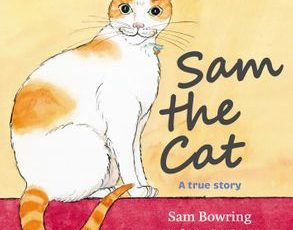Lesson overview
| Theme: | Developing identity and self-esteem |
|---|---|
| Age Group: | Kindergarten |
| Learning Area: | English |
| Outcomes: | ENe-1A |
Content descriptor
Students develop ability to communicate effectively in pairs and groups using agreed interpersonal conventions, active listening, appropriate language and taking turns.
Teachers notes
- Different cultures in Australia may have different naming systems. Some cultures order their given and family names differently, some have masculine and feminine forms and some follow the maternal rather than the paternal line. Some cultures use family name first before given name.
- Teachers should be sensitive to all variations. If necessary refer to students’ enrolment forms. It is advisable for teachers to ask parents for information about student names prior to this activity.
- Circle activities encourage active listening and participation. Students sit in a circle with the teacher. To indicate turn and to give students greater focus and confidence when speaking to their whole group a ‘microphone’ e.g. bean bag, paper roll may be passed around.
- The story of Sam the Cat is about a cat that has a new baby named after him. “Sam lives very happily in a tumbledown house with Jane and Ian. But when Jane and Ian bring home a baby boy, not only does the baby get all the attention – he even steals Sam’s name!” Teachers can use the story (or a similar one) as an introduction to where our names come from and what they mean.
- Additional activity (below) can be added though require extra preparation.
Resources
- Sam the Cat by Sam Bowring (or similar)
- Books of names and their meanings, or website that refers to baby names such as Baby Centre
Activity
- Students take a note home to their families asking why they were given their name and whether it has a meaning.
- Create a chart with four columns headed “Given name”, “Family name”, “Meaning” and “Why”. List students’ names vertically on the chart under the columns “Given name” and “Family name”.
- Explain that we each have a family name and one name (or two or three) that is given and special to each one of us.
- Ask students to say in turn “My name is… ” and point to it on the chart.
- Read to the class the story of Sam the Cat (Sam Bowring).
- Ask the class whether anyone knows where their name comes from or what their name means.
- Ask students to share how and why they got their particular or given name (using parent feedback).
- Record the information on the chart in the “Meaning” and “Why” columns. If students do not know the meaning of their name and it’s not in the name book. Look up the meaning of each student’s given name in a book of names.
- Ask students to sit in a circle. Ask students to complete the following statement: “My name is ____ and your (student on the right) name is ____.” Teachers should join the circle and, if necessary, model what is required.
Additional activity
- Ask students “Whose name means ….? (eg. Firestone). Students take turns in attempting to match a name with a meaning.
- Students in pairs or groups are given a jumbled set of name cards and meaning cards (visual image). Their goal is to find a correct match.

